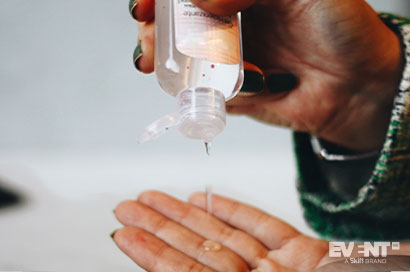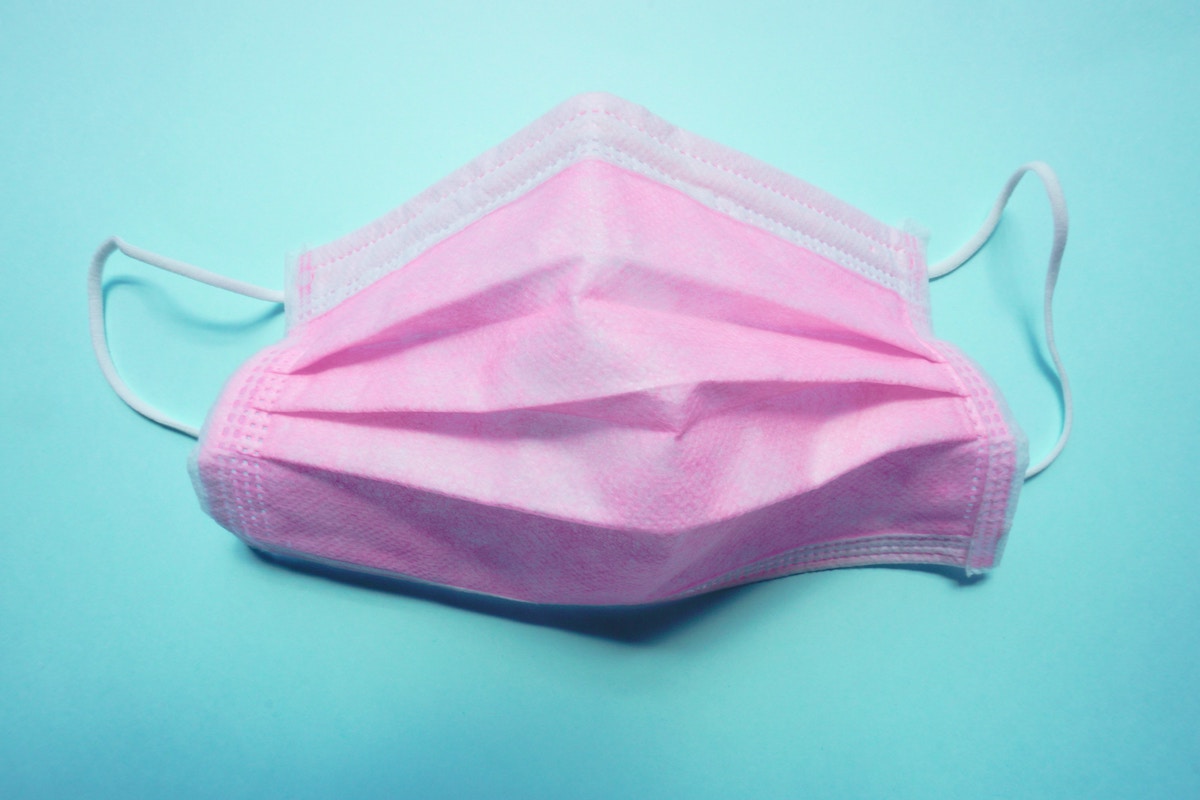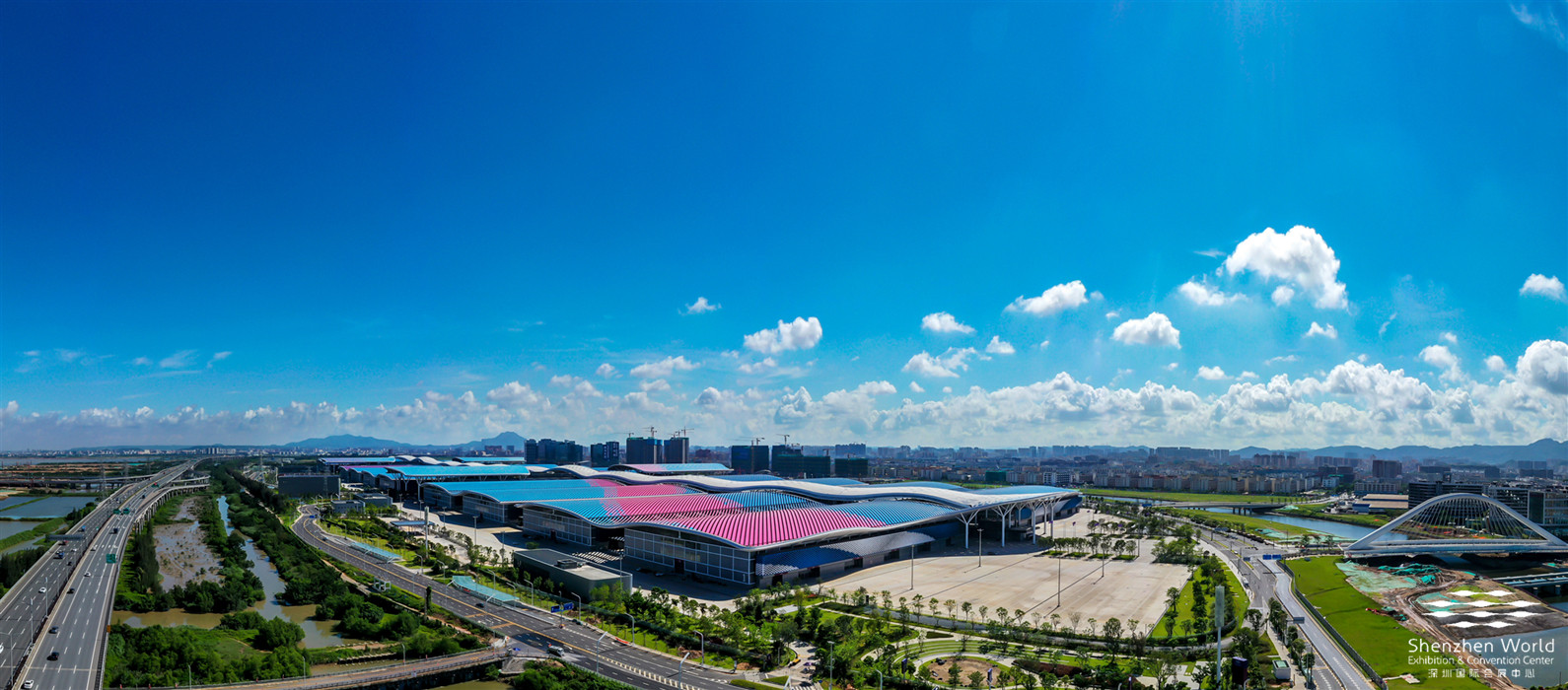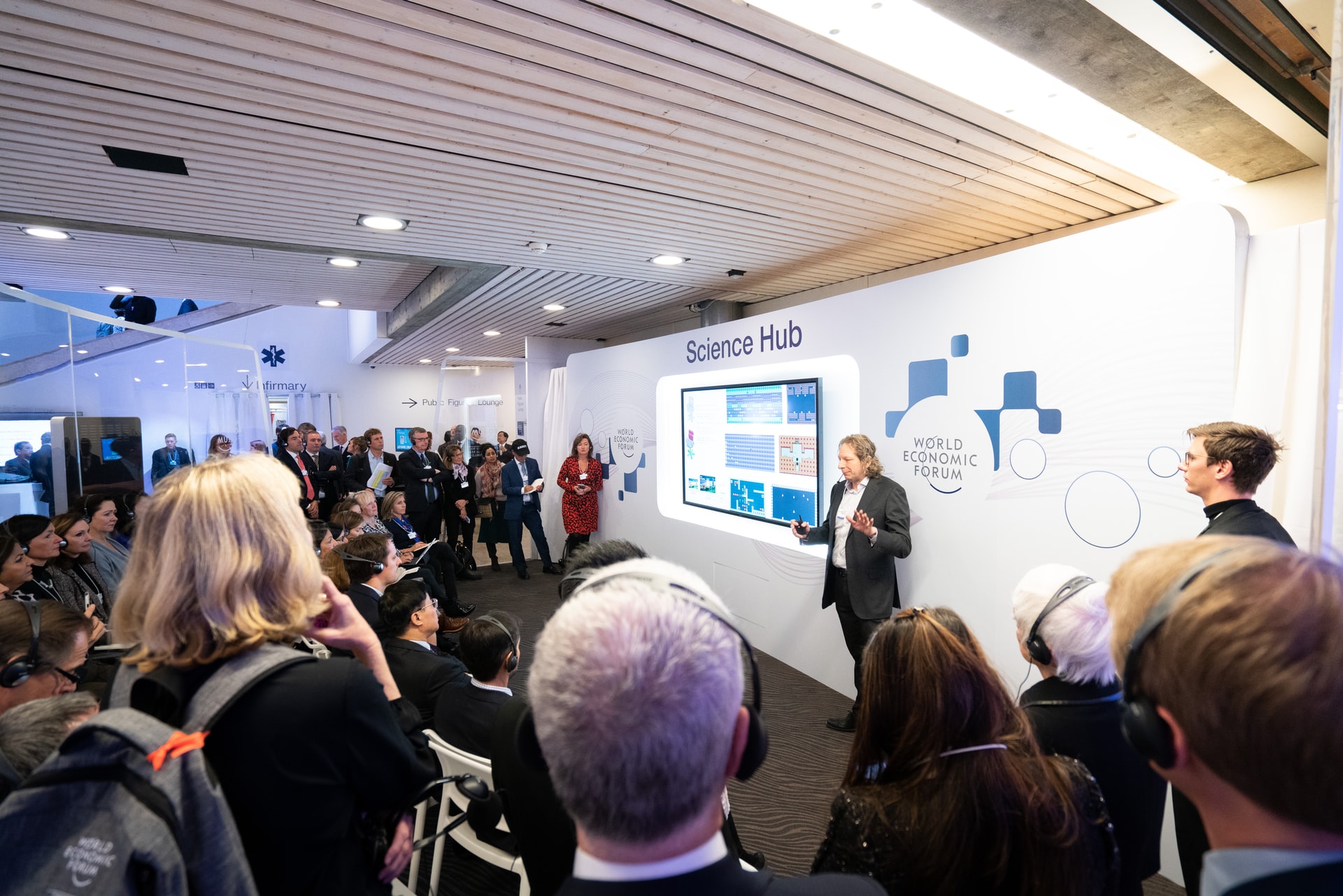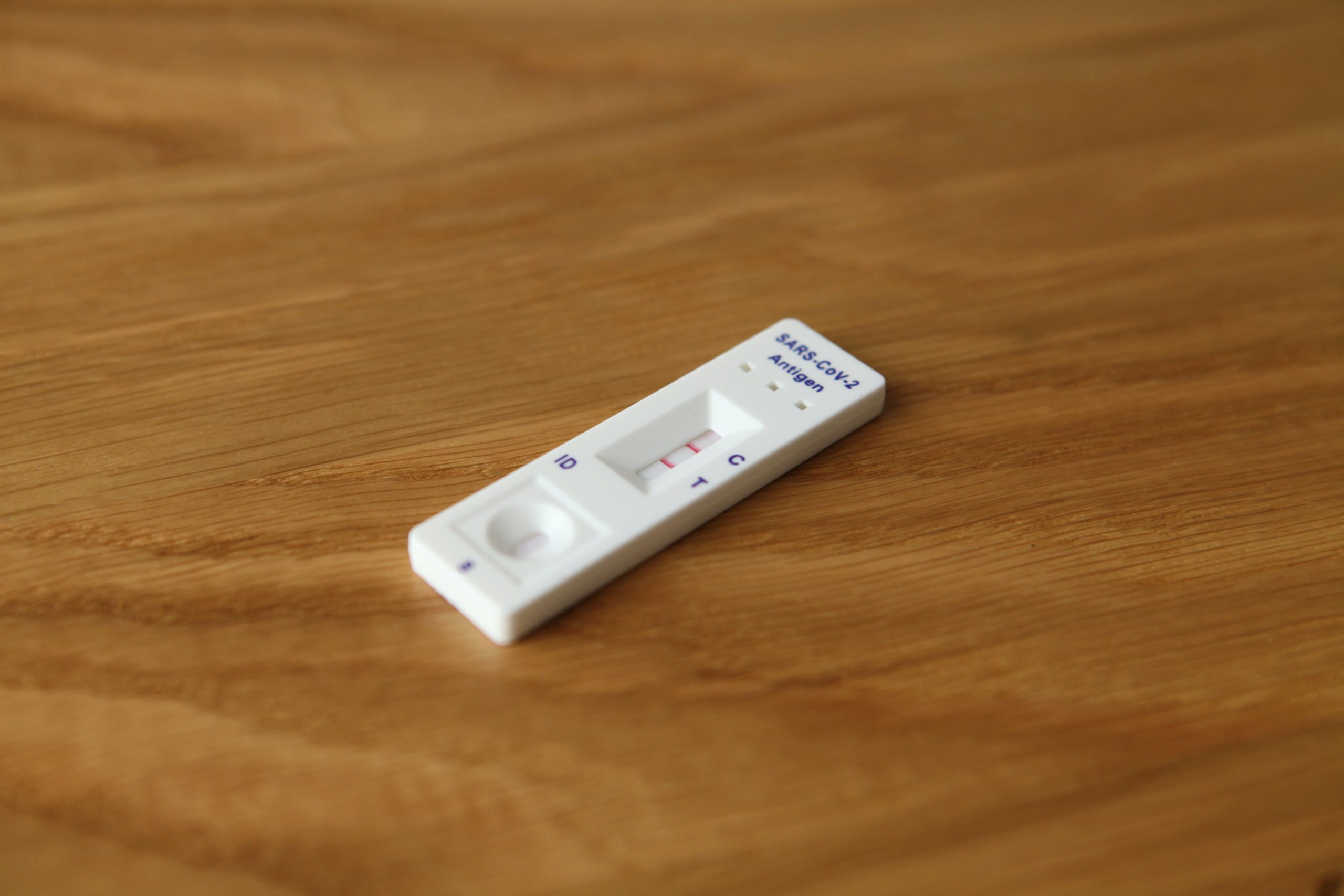Skift Take
We’re all eager to get back to live face-to-face events, but the risk of creating a superspreading event looms. Planners will need to bring their A-game to combat risk on a number of fronts. To help you rise to the occasion, we’ve compiled a list of safety features you’ll likely need to consider.
With lockdowns being lifted (to varying degrees of success), the return to events within 2020 in at least some industry strongholds are already underway. Nearly half of the participants in our Managing the Virtual Experience event predicted that face-to-face events would return by the fourth quarter of 2020, and some events are even being planned for the end of the third quarter.
However, spiking cases in areas that are reopening make this an unpredictable time, and even if they do go through, whether attendees will come is a different story.
At any rate, when physical events do return, they will not look the same. Embracing familiar faces, exploring new products physically, and sharing appetizers and finger food are all things of the past. Planners will need to be particularly vigilant early in the return to live events.
Fortunately, there are many tools available to combat the spread of Covid-19 while creating a dynamic and welcoming in-person event. From masks to inflatable walls, these measures can help safeguard attendees and make them feel safe and confident in participating at your event.
Protective Face Masks
Masks are at the forefront of the Covid-19 prevention war. Cloth masks catch and contain droplets containing Covid-19 particles that are spread through talking, sneezing, and coughing. While they do not protect you from the droplets of those not wearing masks, when everyone wears a cloth mask, the potential to curb the spread of Covid-19 is greatly enhanced.
N-95 masks have respirators that filter infected droplets out of the air that you breathe as well. These are the safer option, as aerosolized coronavirus can travel further than six feet (two meters) and remain in the air for long periods of time. However, due to shortages of N-95 masks for front-line medical workers, the Centers for Disease Control and Prevention recommends that use of these masks by non-medical personnel should be limited.
Ideally, the use of masks by all attendees would be mandated so as to protect all attendees. A mandate normalizes their use so that no one feels out of place.
Communication materials should clearly emphasize this requirement and urge guests to read up on mask-wearing protocols. Based on budget, event sponsors may wish to provide masks with the event or company logo imprinted. Easy-to-follow instructions should also be made available onsite upon receipt of the mask to ensure that attendees wear them correctly and understand that masks are not to be removed without washing hands first.
Hand Sanitizer
While respiratory droplets are the primary vectors, Covid-19 can also spread when people touch surfaces and objects that have infected droplets on them, and then touch their faces or ingest food with dirty hands. Washing hands with soap and water is the best defense against Covid-19, but hand sanitizer can be a substitute for guests unable to wash immediately after interactions with objects and people.
Hand sanitizing stations are a must for in-person events and should be placed in multiple locations for easy access, allowing guests to clean their hands should they touch communal surfaces like doors, exhibitor tables, pens, etc.
Even better, supply personal-sized hand sanitizers at check-in, along with masks and wipes, so people don’t have to congregate in one place to cleanse their hands. This preventative measure helps keep attendees clean while giving them a sense of protection.
Disinfectant Wipes
Disinfectant wipes are also a necessity, and they should be present at all events. Doorknobs, elevator buttons, and handrails on stairs and escalators are touched by many of those in attendance, and this poses a high risk of coronavirus spread at a large event. Planners should ensure that there are trained event staff designated for regular cleaning of common spaces and shared surfaces, and wipes should be available near every touchable surface so that attendees can use the wipes to hold onto the surfaces until they can clean their hands.
Plexiglass
Plexiglass is a creative way to separate guests from fellow attendees and workers. In bathrooms, planners can place plexiglass between each sink, therefore reducing the spread of droplets. Another placement: in front of exhibitors or workers selling items, such as food or goods, as it limits contact during the exchange of payment. (Hand sanitizer should also be available nearby.)
Plexiglass can also be used to surround objects — that way, attendees are unable to touch the item being showcased.
One way to make this less cumbersome is to use the surface to communicate information, offer brand exposure, or contribute to the overall environment by incorporating it into your decor.
Inflatable Walls
Inflatable walls are another creative way to enforce physical distancing. Place them around the event space to guide guests along particular paths and control the flow from space to space. They can be used to section off areas as meeting spaces, as private working areas, and to facilitate small group networking activities.
The walls are easy to set up and pack up, and can also be easily moved as needed. Just be sure to wipe them down throughout the day and when they are moved.
Safety Pois
A new product in response to Covid-19: Safety Pois, which are stickers based on the principle of stoplights. These help with the flow of foot traffic in stores, galleries, pavilions — any place planners wish to indicate where to walk and where to stop. The green sticker indicates a walking area, where stopping is not allowed; yellow indicates that people may pause in order to briefly speak, shop, or view products; and red requires people to come to a full stop to purchase or check in, for example. Safety pois provide an efficient and easily-understandable way to direct guests through an event center and maintain a six-foot distance.
AV Equipment
Because droplets are spread when speaking, presenters or performers will likely require separate mics, so ensure that multiple microphones are available. Even lavalier mics can transmit germs. Remotes and pointers for slideshows should also be switched between different speakers, and wiped down immediately after use.
You’ll also likely need to rely more heavily on video production equipment as including and incorporating a virtual audience will become an essential part of many event strategies.
Self-Serve Kiosks
Checking into events requires talking, an exchange of badges, and/or printing and passing nametags. Of course, pens will no longer be made available for multiple use by participants. Information desks are also potential ways to transfer germs. When possible, have all badges and name tags pre-printed.
Another option is self-serve kiosks. Place wipes, gloves, and hand sanitizer next to the kiosk, and allow attendees to type in their names and print their badges on their own.
And if your budget allows for it, using facial recognition software to detect people and print badges upon entry removes virtually all shared-surface contact altogether.
Food Service
Buffet lines may still play a role in events, but their structure will change. Many of the tools mentioned above will come into play to ensure safety. Use floor markings showing a six-foot distance, to maintain physical distance between attendees. Hand hygiene stations should be available at the beginning and end of the line. All food must be served by masked and gloved servers, who ideally will have a plexiglass screen separating them, similar to the “sneeze guards” found at salad bars.
Contactless Payment
Money is filthy in general, but is particularly problematic as it usually goes from hand-to-hand in exchanges.
Choose contactless payment. With Apple Pay, Android Pay, and Samsung Pay, there is no longer a need to exchange cards or cash. Encourage attendees to create their account on their smartphone in advance to avoid any physical exchange required for payment.
If this isn’t available, Square is another good option. Attendees can swipe their cards on their own, then ask the cashier to choose the tip on the screen. Square can also send an emailed receipt rather than a printed one; choose this option to avoid contact when handling a physical receipt.
Event Apps
Event apps are a great way to engage a virtual audience and bring them into a live experience, which will be essential as face-to-face events restart. But they are also completely contactless ways for attendees to find information, access contact, and network. Event apps are traditionally used to enhance the event experience, but will become more integral than ever as people look to reduce unnecessary physical contact.
Thermal Testing
One sign of Covid-19 is a fever. Because of this, thermal testing is now common in stores and workplaces. While these tests are unable to detect a pre- or asymptomatic person with Covid-19 and only address one of many Covid-19 symptoms, they may help to prevent entrance to some sick individuals while alleviating anxiety among other attendees.
Messaging is key: planners can send out specific health rules regarding entry and mention that thermal testing will be required, therefore dissuading those feeling ill from attending.
Keep in mind that fevers do not always show up with Covid-19—look out for symptoms including a runny nose or dry cough, too, before letting anyone in.
Medical Stations
Some people may enter the event feeling fine, then feel sick mid-way through. While that person should leave the event immediately, it is important to have at least one designated medical station where they can isolate and receive directions. Should the ill attendees need to wait for a ride, they will have a place to go, rather than sit in a hallway or public space, potentially infecting others. If possible, try to arrange for medical professionals equipped with personal protective equipment to be there to provide medical services should the symptoms become severe.
New Developments
These recommendations are bound to change and evolve as the situation does. Non-invasive laser technology that detects the coronavirus in the blood is being developed in the UAE, and UVC light purification is being tested in New York City subways. We are bound to get better at combating the coronavirus, and some of these solutions will have a huge impact on your event logistics. It’s in your best interest to keep up with these developments and factor them into your planning as they become available at scale.
IN CONCLUSION
There are a wide variety of tools and strategies available to help protect attendees; the more taken, the better. Face-to-face events are essential to many businesses and industries, and going the extra mile to ensure the safety of your participants does not only reduce risk, but also helps to ensure that attendees feel safe and comfortable, which are absolute prerequisites for having a good, productive experience.
